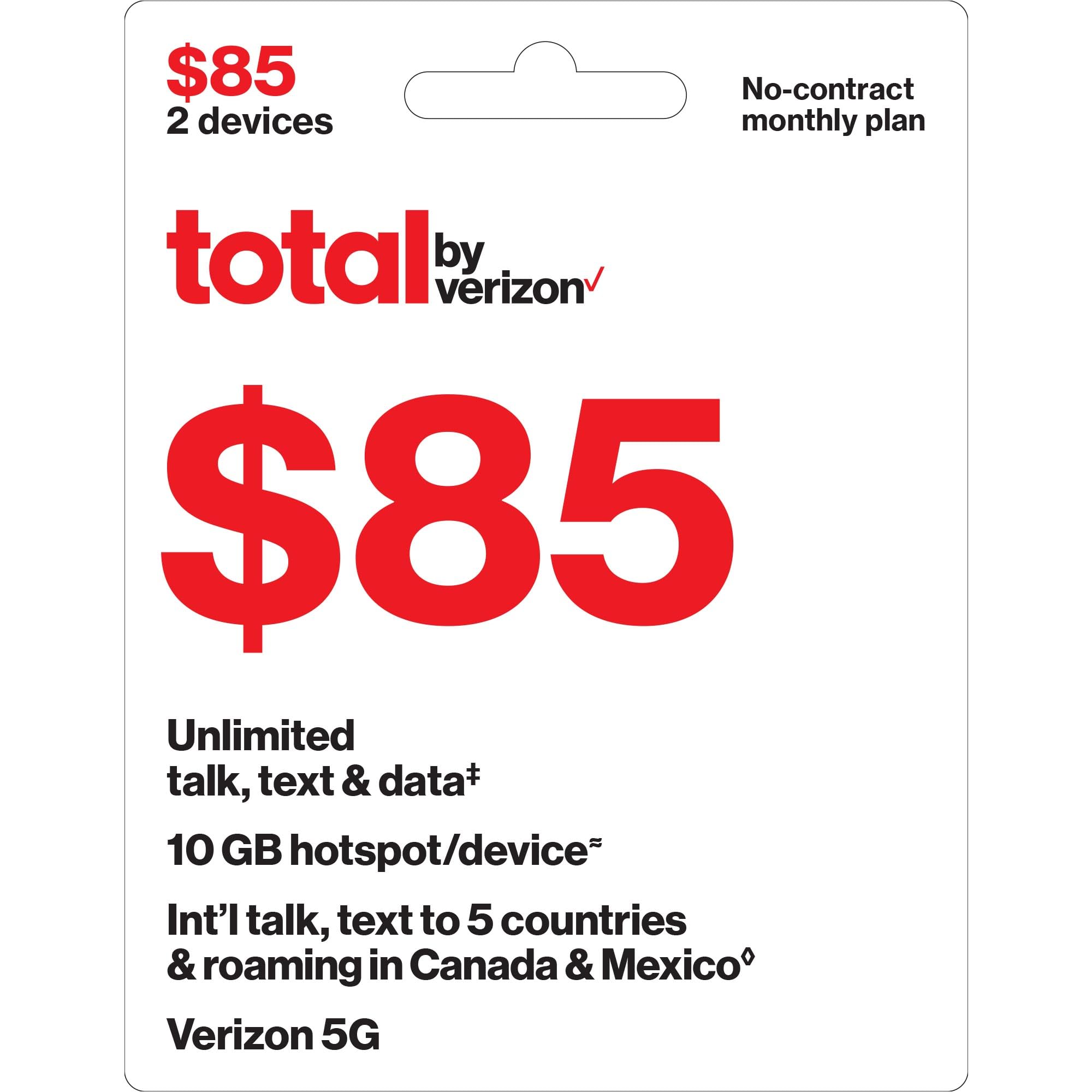Verizon has been rapidly expanding its 5G network across the United States, offering faster speeds and enhanced capabilities compared to older 4G LTE technology. If you’re considering Verizon or are an existing customer looking to leverage this newer technology, it’s important to understand the different types of 5G Verizon offers and which verizon 5g plans provide access to them.

Verizon’s Two Flavors of 5G
Verizon utilizes different types of spectrum (radio frequencies) for its 5G network, resulting in two distinct experiences:
5G Nationwide
- Technology: Primarily uses lower-frequency bands (low-band spectrum), similar to those used for 4G LTE.
- Coverage: Offers broad geographic coverage, reaching significantly more cities and rural areas across the US. This is the most widely available type of Verizon 5G.
- Performance: Delivers speeds that are typically comparable to or slightly better than Verizon’s robust 4G LTE network. It provides a solid, reliable connection for everyday tasks.
5G Ultra Wideband (5G UW)
- Technology: Uses higher-frequency bands, specifically millimeter wave (mmWave) and mid-band (C-Band) spectrum.
- Coverage: Much more limited geographically compared to 5G Nationwide. It’s primarily available in parts of many major cities, airports, stadiums, and increasingly in suburban areas. Coverage indoors can also be more challenging with mmWave signals.
- Performance: This is where Verizon’s 5G truly shines. 5G Ultra Wideband offers significantly faster download and upload speeds (potentially multiple times faster than 4G LTE or 5G Nationwide) and much lower latency, making it ideal for demanding applications like high-definition video streaming (4K), online gaming, and large file downloads.
Read more about: verizon qr code
Verizon 5G Plans: Postpaid Options
Verizon’s primary mobile offerings are its postpaid Unlimited plans, currently structured under the “myPlan” system. Here’s how 5G access typically breaks down:
Plans with 5G Nationwide Access
- All current Unlimited plans (including Unlimited Welcome, Unlimited Plus, and Unlimited Ultimate) provide access to Verizon’s 5G Nationwide network whenever you are in a coverage area with a compatible device.
Plans with 5G Ultra Wideband Access
- To access the significantly faster 5G Ultra Wideband network, you generally need to subscribe to one of Verizon’s premium tiers:
- Unlimited Plus: Typically the mid-tier option, offering unlimited premium data (less likely to slow down during congestion), a substantial mobile hotspot allowance (e.g., 30GB), and included access to 5G Ultra Wideband.
- Unlimited Ultimate: Verizon’s top-tier plan, also including unlimited premium data, an even larger hotspot allowance (e.g., 60GB), enhanced international features, and access to 5G Ultra Wideband.
- Unlimited Welcome: The entry-level plan typically provides access only to the 5G Nationwide network and does not include access to 5G Ultra Wideband.
Note: Plan names, features, pricing (starting around $65/mo for a single Unlimited Welcome line with autopay, up to $90/mo for Unlimited Ultimate, with significant per-line discounts for multiple lines), and specific terms can change. Always check Verizon’s official website for the latest details.
Verizon 5G Plans: Prepaid Options
Verizon also offers 5G access on its prepaid plans:
- 5G Nationwide: Included with all current Verizon prepaid plans that offer data services (excluding maybe basic talk/text only plans).
- 5G Ultra Wideband: Access to the faster 5G Ultra Wideband network on prepaid is generally reserved for the highest-tier prepaid smartphone plan (often called “Unlimited Plus” prepaid, costing around $60-$70/month before discounts) and larger prepaid data-only plans (e.g., 100GB or 150GB plans for hotspots/tablets). Lower-tier prepaid unlimited or limited data plans typically only access the 5G Nationwide network.
Device Requirements for 5G
To connect to any of Verizon’s 5G networks (Nationwide or Ultra Wideband), you must have a 5G-compatible device. To specifically connect to the faster 5G Ultra Wideband network, your device must support Verizon’s mmWave and/or C-Band frequencies. Most newer smartphones from major manufacturers (Apple, Samsung, Google) sold by Verizon are 5G compatible, with premium models usually supporting Ultra Wideband.
A Note on Verizon 5G Home Internet
Separate from its mobile phone plans, Verizon also offers 5G Home Internet service in select areas. This uses the same 5G wireless network to provide broadband internet service directly to your home via a dedicated receiver/router. Plans and availability are distinct from mobile verizon 5g plans.


